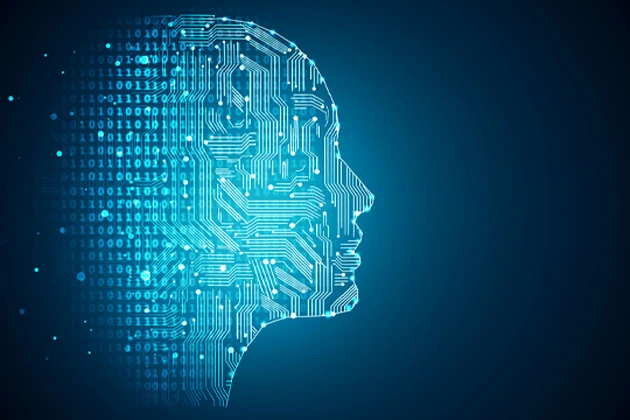Even though Artificial Intelligence (AI) has been around for only a couple of years so far, it has quickly become a powerful tool for making predictions across various sectors, but mostly the ones where data plays an important role.
By leveraging vast amounts of information and sophisticated algorithms, AI can analyze historical trends and forecast future outcomes with increasing accuracy.
But what are its capabilities when it comes to prediction, the existing algorithms, and real-world applications?
The Promise of AI in Forecasting
Machine learning algorithms are used by AI to analyze and process data. These machines can detect patterns that are not always visible to human analysts.
With businesses producing more data than ever, advanced predictive analytics has become a necessity to stay competitive. For example, AI predictive forecasting models can improve the decision-making of human agents with their understanding of customer behavior and market trends.
Applications across Industries
AI predictability is applied in many industries besides the obvious ones dealing with numbers.
– Healthcare: AI algorithms scan patient information to forecast outbreaks of diseases or patient outcomes, prompting early healthcare intervention.
– Finance: AI in finance is applied in risk analysis and fraud detection. Algorithms can be applied to analyze transaction patterns to identify anomalies that can indicate fraudulent activity.
– Retail: AI is applied by retailers to forecast customer demand, optimize inventory, and tailor marketing campaigns based on consumer behavior.
– Sports and Gaming: Various parameters can be analyzed to predict the outcome of games, some of the most crucial ones being: Past performance of individuals or teams, Injury updates and status, Weather conditions that affect sports and game dynamics, e.g., F1.
However, when it comes to iGaming, some people appreciate the aspect of unpredictability, like in casino games, especially if no monetary risk is involved like with social casinos. If you are one of them, make sure to check this list of social casinos and find games that suit your style.
These are how AI is not just a means but a strategic tool that has the potential to drive efficiency and innovation across various industries.
The Existing AI Algorithms
There are many algorithms currently being implemented and used in predictive analytics.
Some of the well-known ones include:
– Deep Learning: Adept at identifying intricate patterns in big data and thus is used the most for complicated analyses, including language.
– Neural Networks: These networks learn through experience and make better predictions with time, mimicking human brain functions. They usually start out very primitive, but they improve with the more information they receive.
– Autoregressive Integrated Moving Average (ARIMA): Widely applied in time series forecasting and is capable of managing trends and seasonality in data, for long-term trends.
These algorithms form the backbone of many industries, allowing organizations to make informed decisions backed by predictive insights.
Public Acceptance Towards AI
Public acceptance of AI technologies varies significantly across applications, reflecting a complex interrelationship between trust, innovation, and humans’ and machines’ interactions.
Surveys of recent times show that consumers’ confidence in AI is on the rise, although this is coupled with certain reservations. For example, it has been reported that about 60% of people are willing to ride in AI robot-operated buses, showing a rising comfort level with autonomous vehicles.
However, this number changes for more sensitive areas, such as health. Only about 40% would be ready to take medical advice from AI-powered systems, treading with a little more reserve in trusting the algorithms with important health choices. This ambivalence emanates from data privacy, security risks, and the possibility of algorithmic bias.
While many users appreciate the efficiency and insights AI can provide, they remain leery of its limitations and ethical implications.
As AI continues to permeate daily life, which is projected to drive 95% of customer interactions by 2025, building trust will be essential for broader acceptance. Yet, the more an industry welfare like financial services or retail effectively deploys AI, the more some people come to question issues of transparency and accountability within these AI systems.
Where there is rising acceptance, so too is the expectation for agreed standards and measures that ensure only responsible AI deployments are done.
The further we move into the future, the greater AI’s role in prediction will be. With new machine learning and data processing technology, businesses across every industry will certainly rely on them increasingly to inform their choices.
In medicine, finance, or even sports gambling, predicting what happens in the future more accurately is no longer a luxury but a requirement in today’s highly competitive environment.
The use of predictive analytics in business planning makes operations effective and prepares businesses to react fast to changing market forces.










